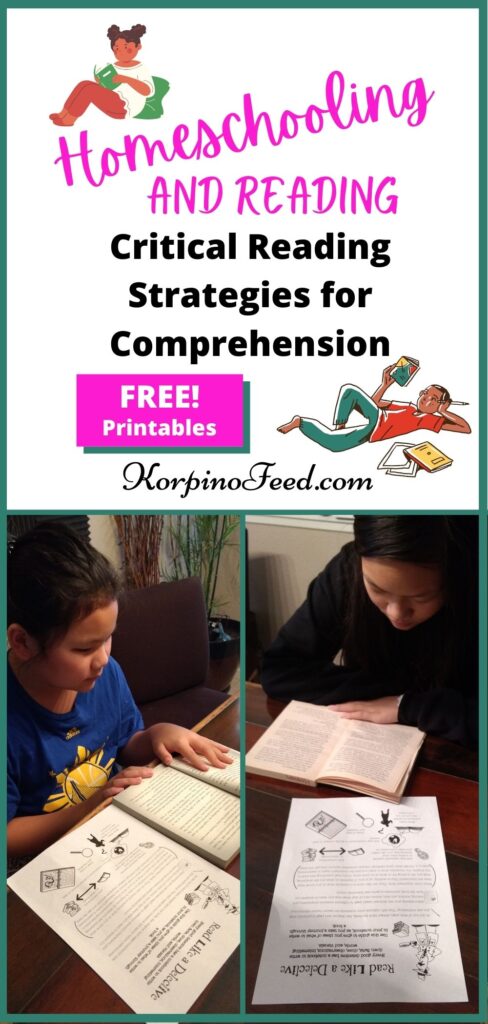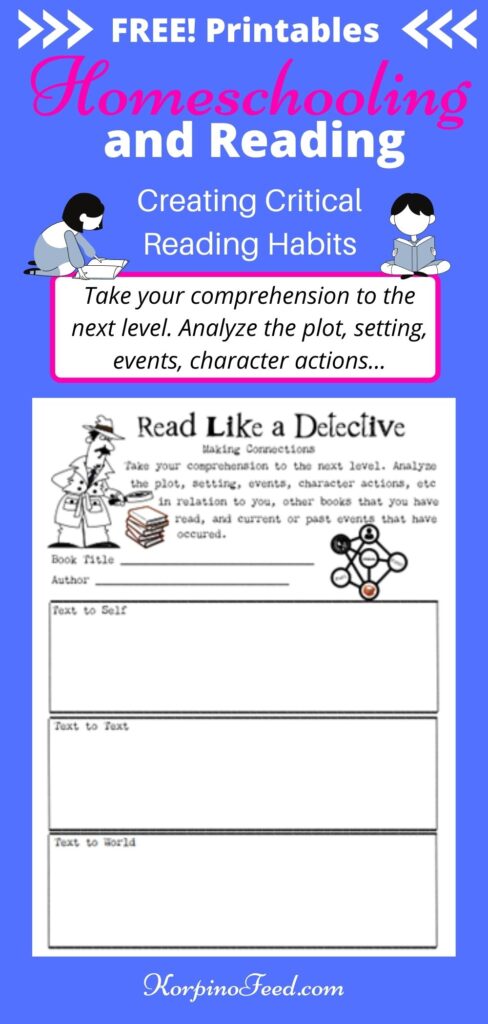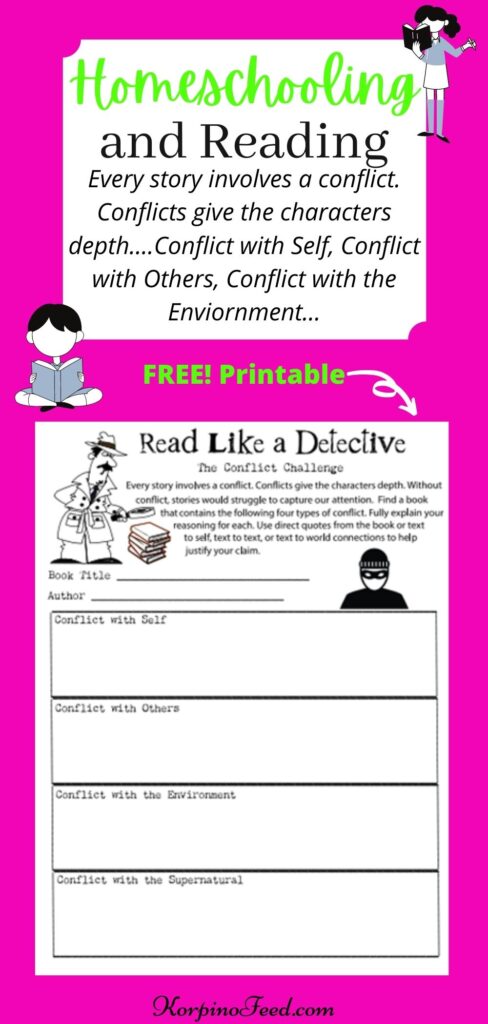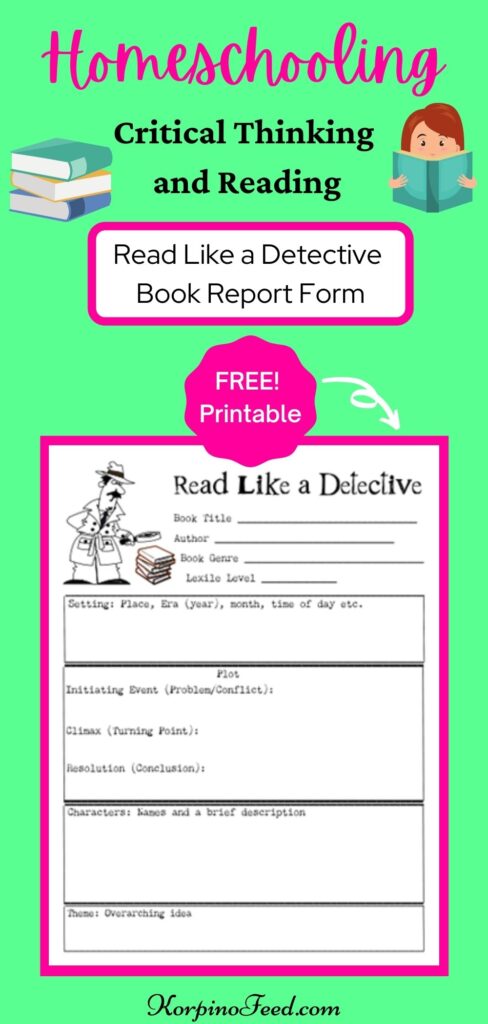Going Deeper than the Print at Home when Reading
Home schooling and reading gives parents and kids an opportunity to think, and dialogue on a higher level. As an educator, I was always the first to admit that a book can be just as effective than a classroom teacher. Sometimes even more. As a former teacher myself, this is obviously not a strike against teachers. There are so many learning opportunities that a book has to offer. They can provide low level recollection of facts to critically thinking author or characters’ actions. Books also open the doors to cross-curricular learning. I can think of many ways Dr. Seuss books can incorporate Math, History, Science, Writing, Art, Music, Physical Education and a themed lunch.
It is a mountain to climb: classroom of thirty plus, all at various learning levels, with a bench marked curriculum, and a lack of time. Teachers are strapped for opportunities to get individualized and deeper into learning, the way that they want to. Not the way that a book can.
Maximizing the Power of a Book
At face value, a book can be used to exercise decoding skills, increase vocabulary, improve fluency and comprehension. As a teacher, I assigned three quarterly book reports. The reports were worksheets with sections for each essential element of a story. The books had to be within their Lexile range and obviously in their area of interest. (Information on the Lexile Framework: https://lexile.com/) By doing this, many students were able to increase their Lexile scores at the end of the year. All due to the constant practice of reading the right books.
Vocabulary
At the time, little did I know that books can offer so much more to the reader. Vocabulary can go from acquisition to application. Students can create interactive journals to define, draw, and write to create their own personal understanding of new words. New vocabulary should be practiced and encouraged at home. All four of our kids (age range five through twelve) are continuously asking the meaning of words. Sometimes the words are not appropriate. Rather than shutting them down, we have a conversation about the word and its impact. For home schooling, every question or situation is a learning opportunity and not just for academics.
Comprehension
Most notable in low level, multiple choice exams or assignments, comprehension gets reduced to recalling information. There are other ways that we can teach and check for our kids’ memorization skills. Kids can really show their comprehension of a story by critically thinking through authors’ or characters’ intent, situations, chapter titles, dialogue, or even images. If they can think about why events occur and justify their thinking, comprehension is at a higher level.
Personal Connections

Comprehension is evident and enhanced when the reader is making personal connections with the book. Text to self is when the reader can make connections between events in the story with events from life experiences. Text to text is when the reader can make predictions or comparisons with other books. Lastly, text to world is recognizing macro connections to what is being read to current or past worldly events.
Home Schooling and Reading: Parents’ Role

Like teachers in a classroom, the teacher at home should be as prepared as possible to push your child/children to higher levels of thinking. Best case scenario, the parent knows the book well and can engage in cognitively rich dialogue. The parent should also know the part or parts of a book that can generate extended thinking and reasoning. Parents’ knowledge and participation sends a key message to the kids that what they are doing is worthy of their efforts.
At the very least, parents should actively engage in conversations about the books that their kids are reading. Strategic questioning can help kids think out loud. Start with the basics and ask about the plot, the setting and the characters. Move slightly forward by talking about the author’s intended theme or lesson. If there is a question that they are finding too difficult to answer, scale it down to get them thinking in the right direction.

Get Them to Critically Think About What They’re Reading
Model connections by saying, “Oh that reminds me of when we…” You can also model questions that they can ask themselves while they are reading, to make connections. “What were you thinking when the character did…?” You can follow it up with, “When I read this part, I asked myself…”
Engaging in these conversations is priceless, because a lack of it will compromise learning. To help them engage in them too, always remind them to be an active reader by jotting down notes, vocabulary, reactions, connections, questions and predictions, as they read. Quick illustrations or doodles are great too, because they are an alternative way to express thoughts.
Enjoy the Journey

It has always been said that books can take you on a journey. Home schooling and reading is a perfect launching pad for an adventure across the seven seas, brave the heights of Kilimanjaro, or prepare for a battle to protect Middle-Earth. Help your student(s) at home with this journey by enhancing their experience. Take it beyond the letters on a page and the pages in the book, and use the journey to capitalize on the growth of academics, critical thinking, problem solving and personal character development.
Click >> HERE << to Download Critical Reading Strategy for Reading Comprehension

Click >> HERE << to Download Critical Reading Strategy for Making Connections

Click >> HERE << to Download Critical Reading Strategy for Conflict Challenge

Click >> HERE<< to Download Critical Reading Strategy for Book Report Form

